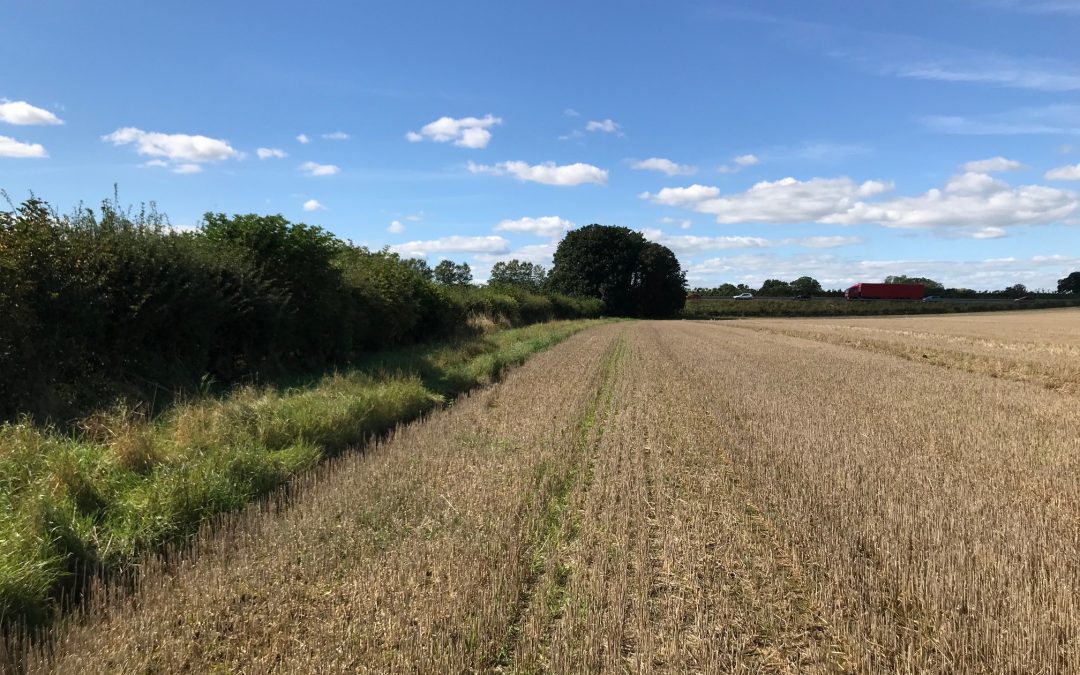Several hundred farmers will get involved with the Sustainable Farming Incentive (SFI) testing, trialing and pilot schemes from October this year to late 2024; a scheme which will offer payment for sustainable farming practice, animal health & welfare, environmental outcomes and reducing carbon emissions.
Under the pilot, participants will select from eight standards to build an agreement on. Payments will be paid monthly in arrears, the value depends on the ‘level’ achieved. These standards, payments and summary of requirements can be seen in the below table.
More standards will be developed and introduced as the pilot progresses, such as for peaty soils, unenclosed uplands and measures to support animal health and welfare that lead to reduced emissions.
We welcome DEFRA’s exploration through these pilots of how success/compliance can be monitored through self-assessment and shifting focus from penalising failure to helping farmers improve.
DEFRA is looking for participants for the pilot in England who have the capacity to commit to learning and providing feedback (anticipated 10 – 15 hours per month), receive BPS, can commit land parcels that aren’t already in agreements or common land/ shared grazing and have management control until late 2024. Whilst the limited standards are available, the pilot may not be accessible to upland farmers.
More information is expected in summer this year ahead of the full scheme launch in 2022. If you have any questions or wish to express your interest in the pilot scheme, please contact a member of our agricultural team on 01423 860322. Note: expressions of interest must be received by the end of March.
|
Standard |
Introductory |
Intermediate |
Advanced |
|
arable and horticultural land standard |
£28/ ha |
£54/ha |
£74/ha |
|
Resources birds/ insects, soil nutrient management plan, rapidly incorporate FYM/ slurry |
Nutrient budget, rotational ditch management, soil mapping |
Areas tall vegetation/ scrub, habitats for crop pests, precision application fert/ manure |
|
|
arable and horticultural soils standard |
£30/ha |
£47/ha |
£59/ha |
|
Soil assessment, avoid/ alleviate soil compaction, apply organic matter, contour drilling, cover crops |
Minimum inputs organic matter, minimum tillage |
Minimum inputs organic matter, soil management plan, minimum cultivations/ travel |
|
|
improved grassland standard |
£27/ha |
£62/ha |
£97/ha |
|
Graze to maintain a minimum sward height, leave areas un cut/ un managed, protect historic sites, nutrient management plan |
Accommodate birds when cutting silage, rotational ditch management, nutrient budget, test slurry and manage application, reduce fertilizer with clover and legumes |
Provide higher swards, legume and herb rich swards, leave some ryegrass, soil mapping, precision application fert/ manure |
|
|
improved grassland soils standard |
£6/ha |
£7/ha |
£8/ha |
|
Soil assessment, avoid/ alleviate soil compaction, establish ground cover when reseeding |
Reduced tillage |
Soil management plan, reduce travel |
|
|
low and no input grassland standard |
£22/ha |
£89/ha |
£110/ha |
|
Reduced herbicides, buffer in field trees, limit fert/ manure, minimise impact of supplementary feeding, rotational ditch management, maintain a minimum sward height |
No fert, FYM on meadows only, manage tall vegetation, make field dried hay/ haylage |
Field dried hay/ haylage |
|
|
hedgerow standard |
£16/100m |
£21/100m |
£24/100m |
|
Leave areas un cut, some hedgerow trees |
Leave some areas un cut, raise cutting height, more hedgerow trees, buffer strips from agrochemicals/ fert |
More hedgerow trees and buffer strips |
|
|
on farm woodland standard |
£49/ha |
n/a |
n/a |
|
Increase connectivity between habitats, deadwood management, woodland condition assessment and threat assessment (£100 + £25 one offs) |
|
|
|
|
waterbody buffering standard |
£16/100m |
£29/100m |
£34/100m |
|
Buffer strips |
Increased buffer sizes |
Include wildflower mix into buffers |
